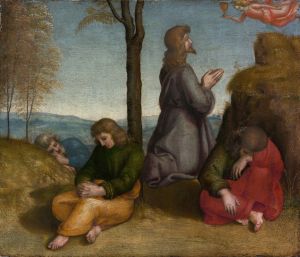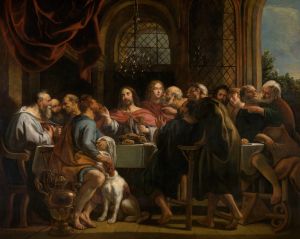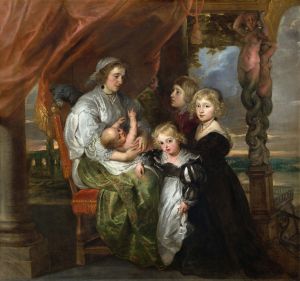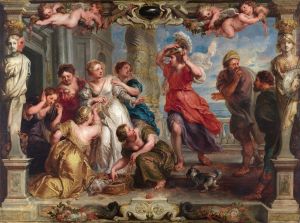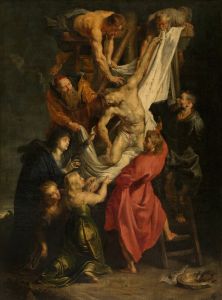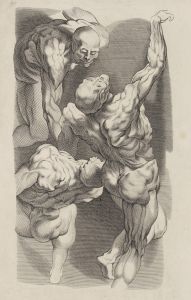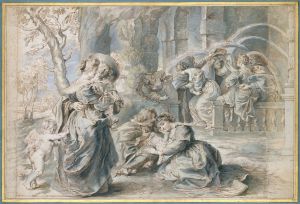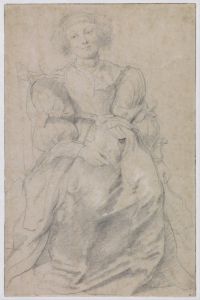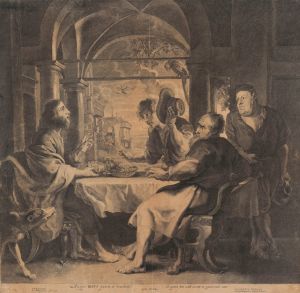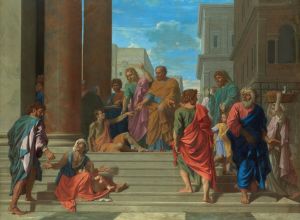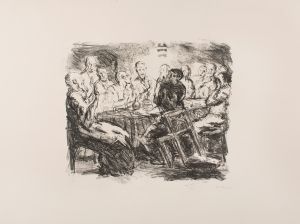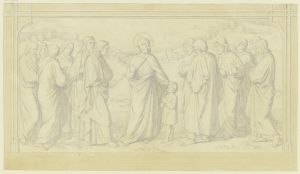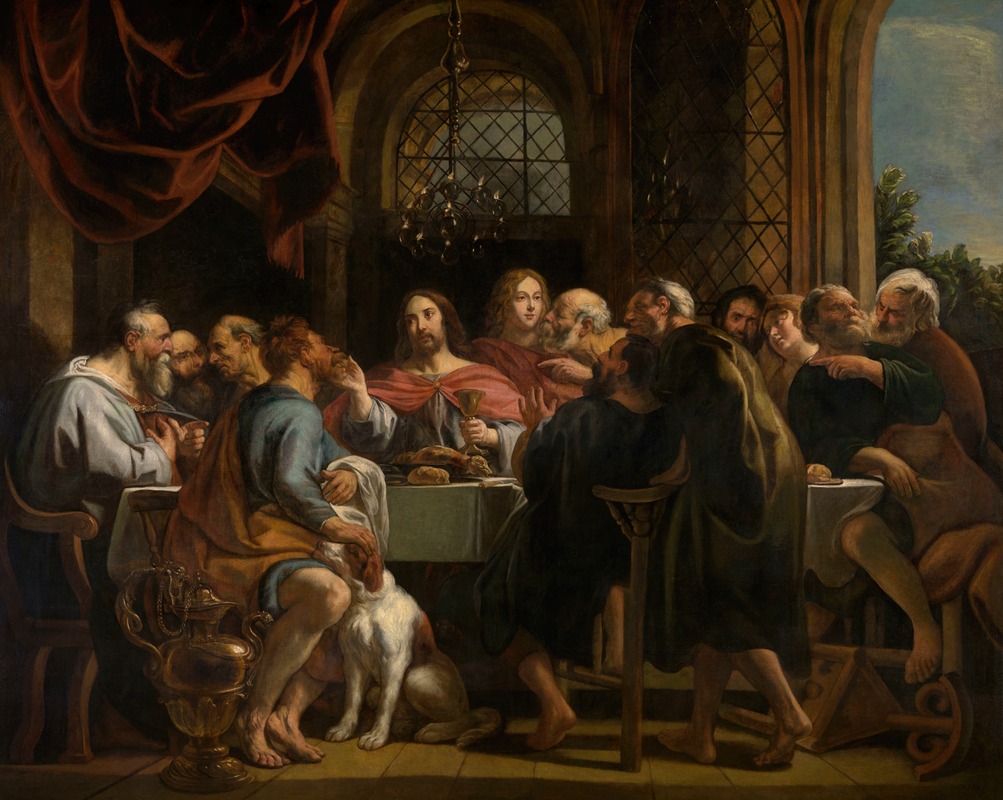
The Last Supper
A hand-painted replica of Peter Paul Rubens’s masterpiece The Last Supper, meticulously crafted by professional artists to capture the true essence of the original. Each piece is created with museum-quality canvas and rare mineral pigments, carefully painted by experienced artists with delicate brushstrokes and rich, layered colors to perfectly recreate the texture of the original artwork. Unlike machine-printed reproductions, this hand-painted version brings the painting to life, infused with the artist’s emotions and skill in every stroke. Whether for personal collection or home decoration, it instantly elevates the artistic atmosphere of any space.
Peter Paul Rubens, a prominent Flemish Baroque painter, is renowned for his dynamic compositions, vibrant color palette, and dramatic use of light and shadow. However, there is no widely recognized or documented painting titled "The Last Supper" by Peter Paul Rubens. Rubens is known for a vast array of religious, historical, and mythological paintings, but a depiction of "The Last Supper" similar to the famous work by Leonardo da Vinci is not among his most notable or recorded works.
Rubens' oeuvre includes numerous altarpieces and religious scenes, often characterized by their emotional intensity and robust figures. His works frequently depict scenes from the life of Christ, the Virgin Mary, and various saints, reflecting the Counter-Reformation's emphasis on religious art as a means of inspiring faith and devotion. Rubens' ability to convey complex narratives through expressive figures and dynamic compositions made him a sought-after artist for religious commissions throughout Europe.
While Rubens may have created works that include the theme of the Last Supper or elements related to it, such as the Eucharist or gatherings of apostles, there is no specific, well-documented painting by him solely focused on this subject that holds the same prominence as Leonardo's interpretation. Rubens' influence and style, however, permeate many religious artworks of the Baroque period, characterized by their grandeur and emotional depth.
In the absence of a specific painting titled "The Last Supper" by Rubens, it is essential to focus on his broader contributions to religious art. Rubens' ability to infuse his paintings with a sense of movement and vitality, combined with his mastery of color and light, made his religious scenes particularly compelling. His works often served as altarpieces, intended to inspire and educate viewers through their vivid storytelling and emotional resonance.
Rubens' impact on the art world extends beyond his paintings. He was also a diplomat and scholar, fluent in multiple languages, and his travels across Europe influenced his artistic style and subject matter. His workshop in Antwerp was highly productive, with numerous assistants and apprentices contributing to the creation of artworks that bore his name. This collaborative environment allowed Rubens to fulfill numerous commissions and maintain a prolific output throughout his career.
In summary, while there is no specific, notable painting titled "The Last Supper" by Peter Paul Rubens, his contributions to religious art are significant. His works are characterized by their dynamic compositions, emotional intensity, and masterful use of color and light, reflecting the Baroque period's artistic ideals. Rubens remains a central figure in the history of Western art, celebrated for his ability to convey complex narratives and evoke powerful emotional responses through his paintings.





